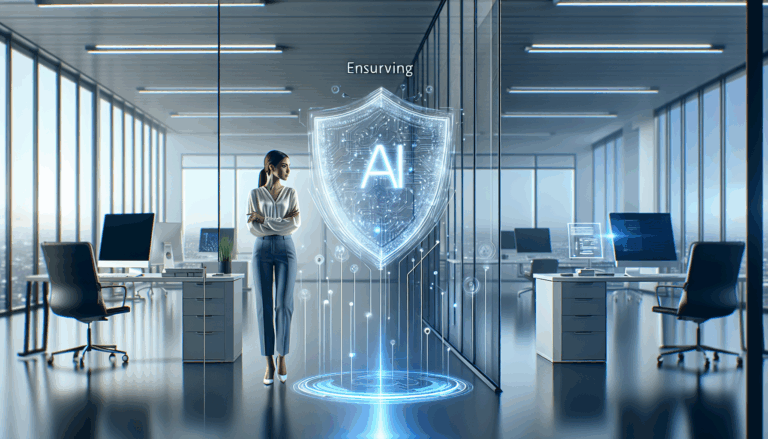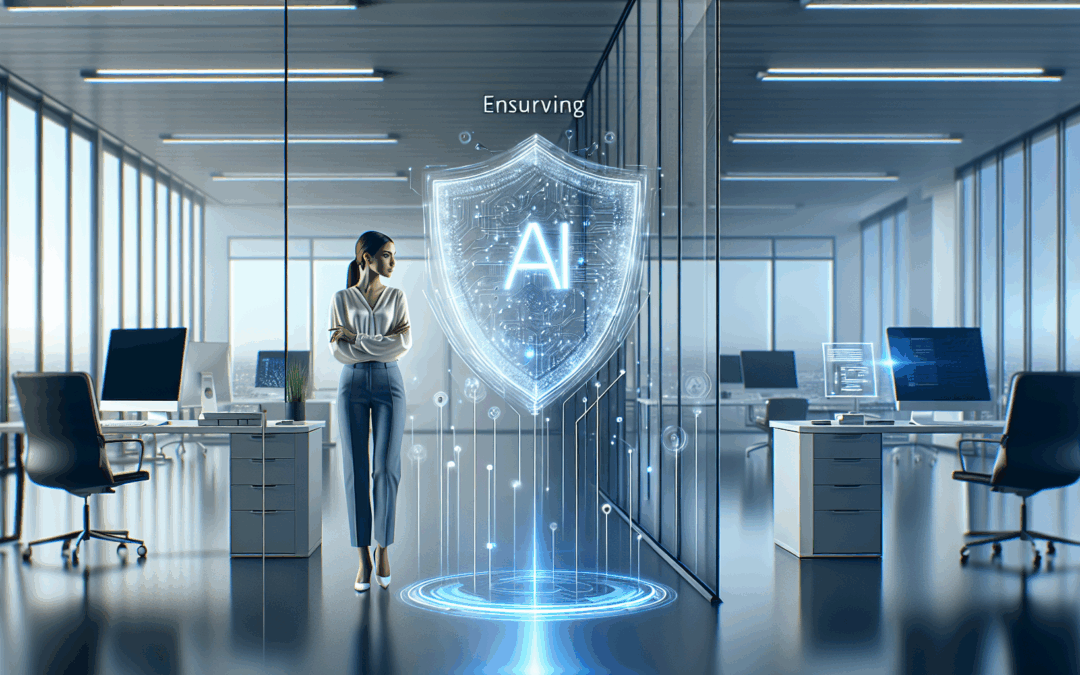Introduction to Artificial Intelligence Safety in the Workplace

Artificial Intelligence (AI) is no longer a futuristic concept confined to science fiction or niche industries. It has become a foundational tool in myriad sectors, transforming workflows, decision-making processes, and productivity benchmarks across the globe. However, as organisations integrate AI systems into daily operations, the emphasis on Artificial Intelligence safety in the workplace cannot be overstated. Ensuring the responsible use of AI isn’t simply about compliance or avoiding risk—it’s about cultivating a sustainable, ethical, and productive working environment.
Why AI Safety Matters in Modern Workplaces
With AI algorithms influencing everything from hiring decisions to customer interactions, safety in AI deployment means more than safeguarding hardware or protecting data. It involves mitigating bias, ensuring transparency, preventing unintended consequences, and protecting both employees and customers from harm. AI safety encompasses creating systems that operate reliably and ethically, preserving trust and avoiding scenarios where automation causes harm—either physical, psychological, or social.
Professor Stuart Russell, a leading AI researcher, famously stated, “The key question for the future of AI is not how intelligent we can make machines, but how we make such intelligence safe and aligned with human values.” This highlights the core challenge before organisations: deploying technology that enhances productivity without compromising ethical standards.
Integrating AI Training for a Safer Workplace
Building a culture of AI safety starts with education. AI training is critical—not just for technical staff but for all employees who interact with AI systems. When teams understand how AI models function, their limitations, and potential pitfalls, they are better positioned to spot errors, question outputs, and improve outcomes.
Comprehensive AI training programmes cover key areas such as data privacy, bias detection, system transparency, and ethical decision-making. Such education fosters workforce development that aligns with modern challenges, empowering employees to be active participants rather than passive recipients of automation.
Moreover, ongoing training helps demystify AI technologies, combating fear and resistance born out of misunderstanding. As a result, organisations promote a collaborative dialog around AI implementation, which is indispensable in identifying and addressing safety issues early.
Championing the Responsible Use of AI
The responsible use of AI means adhering to principles that ensure fairness, accountability, and reliability. Several frameworks and guidelines now exist, such as the OECD Principles on AI and the EU’s Ethics Guidelines for Trustworthy AI, advocating transparency and human oversight.
Practically, responsible AI use involves rigorous validation of AI models to prevent biases embedded in training data from perpetuating discrimination in recruitment or customer profiling. It also means establishing clear protocols for auditing AI decision-making processes and providing avenues for human intervention when systems behave unexpectedly.
Some organisations adopt internal AI ethics committees to oversee deployment and continuously assess impacts on workers and clients. This multidisciplinary approach, combining technical expertise with human rights insights, safeguards against shortcuts that sacrifice safety for speed or cost efficiency.
Leveraging WorkSmart AI for Enhanced Safety and Productivity
One innovative example reshaping workplace dynamics is WorkSmart AI—an intelligent platform designed to boost AI productivity while embedding safety mechanisms directly into workflows. WorkSmart AI integrates real-time monitoring of automated systems, alerting human supervisors when anomalies or risks are detected.
By automating routine tasks, WorkSmart AI frees human workers to engage in higher-value activities, but crucially, it does so with built-in checks to prevent errors from cascading unchecked through operations. This symbiotic approach between humans and machines exemplifies best practice in AI safety: technology as an augmenting force rather than a replacement.
WorkSmart AI also provides detailed analytics that inform continuous workforce development strategies. Understanding how employees interact with AI enables organisations to tailor training and adjust processes proactively, ensuring that human skills complement technological capabilities effectively.
Impacts on Workforce Development and Organisational Culture
The adoption of AI safety protocols and advanced tools such as WorkSmart AI has profound implications for workforce development and organisational culture. Employees become lifelong learners, equipped with skills not only to use AI but to govern it responsibly.
A workplace prioritising AI safety nurtures psychological safety, where staff feel secure in questioning automated decisions or reporting issues without fear of reprisal. This openness cultivates innovation and adaptability—key competitive advantages in today’s fast-evolving marketplace.
Furthermore, ethical AI fosters inclusive cultures by protecting vulnerable groups from biases that can otherwise creep into automated processes. This emphasis on fairness builds external trust with clients and partners, strengthening brand reputation.
Conclusion: The Future of AI Safety in Workplaces
As Artificial Intelligence advances, the imperative to use it responsibly and safely grows ever stronger. AI safety is no longer a niche concern but a central pillar of effective and ethical AI integration. From comprehensive AI training programmes to the deployment of smart tools like WorkSmart AI, organisations have the power and responsibility to lead by example.
By embedding responsible use of AI into workforce development and daily operations, businesses not only mitigate risks but unlock the transformative potential of AI productivity. The future workplace is one where human intelligence and artificial intelligence collaborate safely—delivering innovation, excellence, and equity keyed into the very fabric of organisational success.
Get started today with Responsible use of AI license training.

